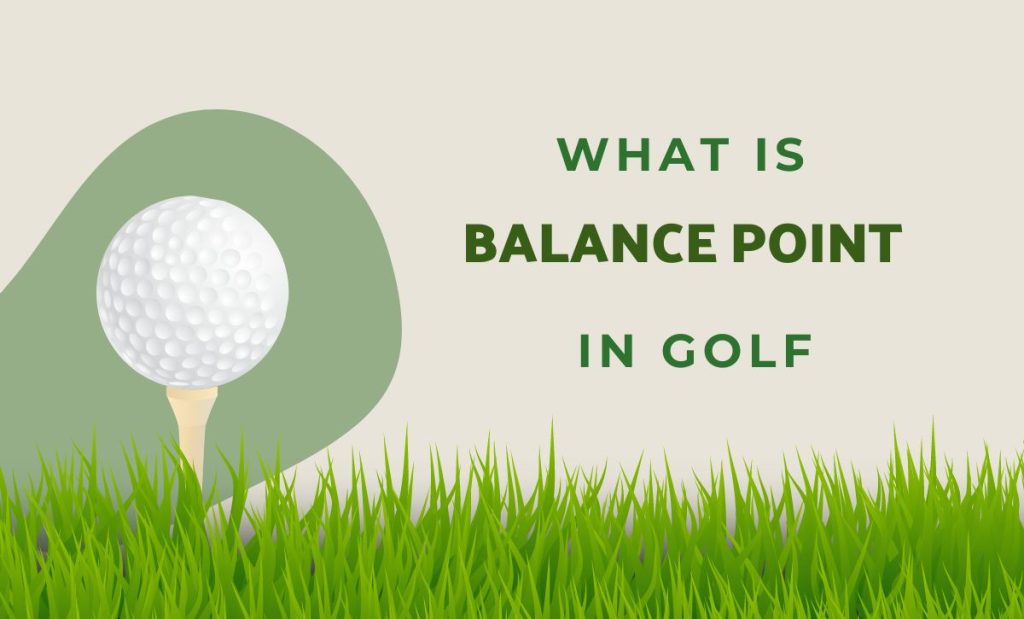In the world of golf, a smooth, powerful swing is the key to hitting long, accurate shots. But achieving this swing relies heavily on one fundamental element: balance. Proper balance throughout your swing creates a stable base, allowing you to transfer power efficiently from your body to the club and ultimately, the ball.
Why Balance Matters
Balance is crucial for several reasons:
- Power Transfer: A balanced swing allows you to use your core muscles effectively, generating power that translates into longer distances.
- Consistency: Maintaining balance throughout the swing helps you repeat your swing mechanics consistently, leading to more predictable ball striking.
- Accuracy: A stable base allows for better control over the clubface at impact, resulting in straighter shots.
Common Balance Issues
Many golfers struggle with balance during their swing, leading to:
- Swaying: Shifting your weight excessively away from your center can disrupt power transfer and impact accuracy.
- Sliding: Moving laterally instead of rotating can throw off your swing path and reduce power.
- Dipping: Lowering your upper body excessively can lead to loss of posture and inconsistent ball contact.
Building a Balanced Swing
Here are some tips to improve your balance:
- Posture: Maintain a good athletic posture throughout your swing, with your knees slightly bent and your core engaged.
- Weight Distribution: Feel grounded with your weight evenly distributed on the balls of your feet.
- Rotation: Focus on rotating your hips and core during the swing, rather than swaying or sliding.
- Practice Drills: Regularly perform drills that target balance, such as single-leg swings or medicine ball exercises.
Pro Tip: Video analysis can be a valuable tool to identify and address balance issues in your swing.
Related Terms to Sharpen Your Game
- Swing Mechanics: The proper sequence of body movements involved in a golf swing.
- Core Strength: The strength and stability of your abdominal and lower back muscles.
- Impact Position: The posture and clubface position at the moment of contact with the ball.





